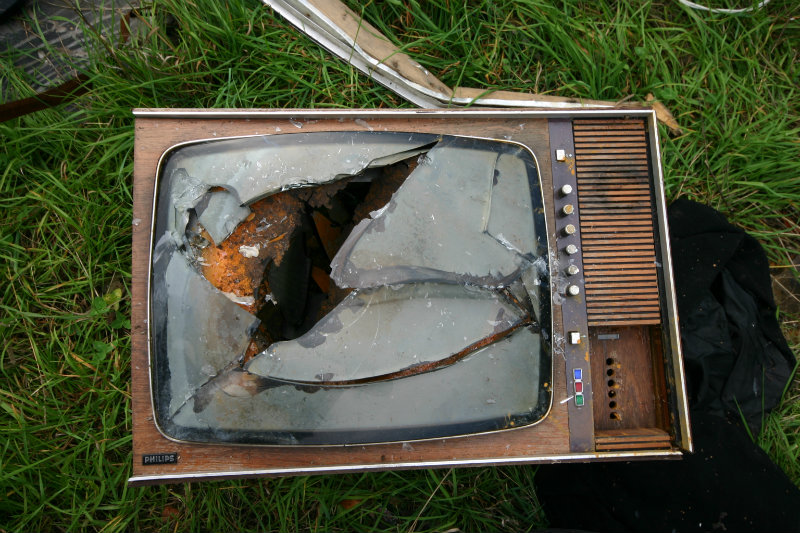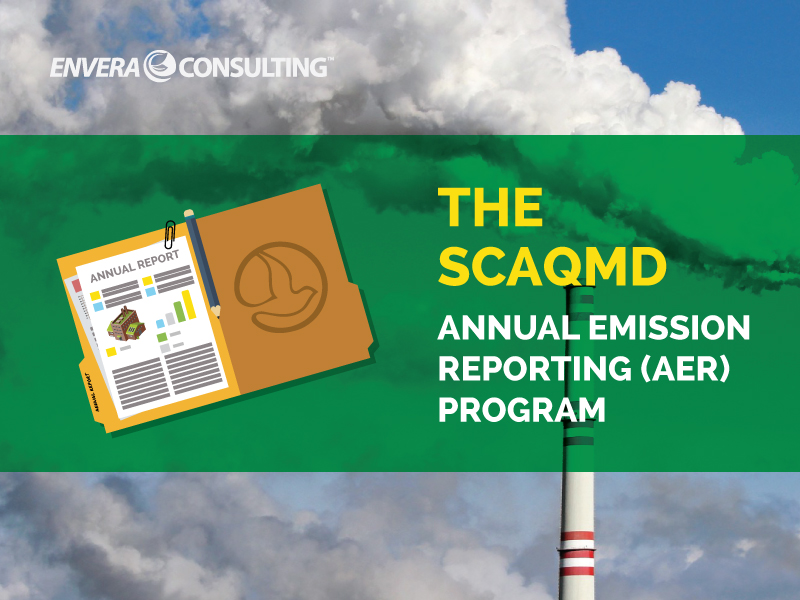Back in February 2015, an explosion at a Southern California refinery in Torrance shook nearby residents. The blast produced tremors equivalent to a 1.7-magnitude earthquake. Current reports published by the South Coast Air Quality Management District (SCAQMD) indicate that the explosion was the due over-pressing of an air pollution control device at the refinery. So what can the refinery explosion teach us when it comes to breakdowns, communication during a breakdown, and compliance with SCAQMD? For those answers, we turn to SCAQMD Rule 430 and its implementation during a breakdown event. SCAQMD Rule 430: The One Rule That Could Keep You in […]
Read MoreArticles
Where to Find Emission Factors to Estimate Air Emissions
Although the best place to find emission factors is the EPA’s AP-42 database, there are other places you can look.
Read More4 Methods for Estimating Emissions on an Annual Emission Report (AER)
Which of these techniques you use depends on a number of factors, including cost and the desired degree of accuracy.
Read MoreCan a Facility Be Exempt From Filing an SCAQMD Annual Emission Report (AER)?
Generally speaking, applicability to the annual emission reporting (AER) program is based on three criteria: Your facility is notified by the SCAQMD to submit an AER. Your facility’s emissions of criteria and/or toxic air pollutants exceed the reporting thresholds found in Rule 301. Your facility is part of the AB 2588 reporting program for air toxics. Now, if your facility does not fit into one of those categories, then yes, you can be exempt from the AER program, however, you will need to request this exemption from the SCAQMD, and the SCAQMD needs to grant your request. Exemption requests are […]
Read MoreThe SCAQMD Annual Emission Reporting (AER) Program
In the SCAQMD, AERs are like taxes: You pay them every year, you can be audited, and you can be penalized for late or unsubmitted reports.
Read More



